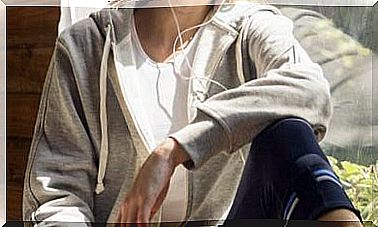“Noise Is Not Just A Minor Annoyance”
Interview with Maria Foraster, ISGlobal researcher and specialist in the effects of noise on health.

It is not a minor disorder, it is estimated that diseases derived from noise pollution cause 72,000 annual hospitalizations and 16,600 premature deaths, according to data collected by the Institute for Global Health (ISG), a center promoted by “la Caixa”.
The WHO already classifies traffic noise as the second most damaging environmental factor in Europe, only behind air pollution.
Maria Foraster, specialist in the effects of noise, answers us
– Could you give us examples of typical noise levels that are above what is recommended?
–The noise thresholds harmful to health depend on the noise source, because each one has different characteristics and patterns that affect us more or less. Sound or noise is measured in decibels.
For traffic noise, the new threshold proposed by the WHO is 53 dB on a daily average. This is a fairly quiet environment. A conversation between two people is about 60 dB and a street with traffic easily exceeds 70 dB on average.
Most cities exceed the thresholds that are considered adequate to protect health.
–The WHO classifies noise as the second most damaging environmental pollutant to health. Is there enough awareness of it?
–In general, there is a lack of public awareness and public awareness. It is common to think that noise only creates annoyance. But the discomfort is already a quality of life and health problem.
In addition, it is important to know that noise affects us in the long term and that it does so even if we do not perceive that annoyance. Exposure to ambient noise can lead to cardiovascular disease and even heart attack.
– What effective measures can municipalities take to protect us?
–The most effective measure is the limitation of traffic near homes, since it reduces exposure to noise and pollution. The concept of health must be integrated into urban planning and create spaces for pedestrians, bicycles, green areas and public transport.
Inhabitants, schools and hospitals must be separated from traffic and other sources of noise at night.
–And what can we do in our daily life?
–The problem transcends the person, that is, it is a public health problem. To begin with, the first thing we can do to protect ourselves from noise is to be promoters of change. And be aware of the consequences. We can start by changing our means of transport and being respectful in our free time.









